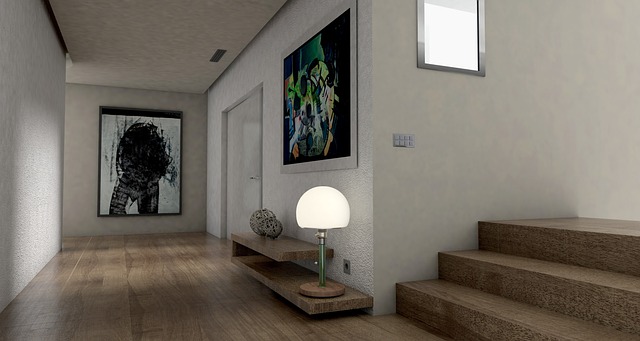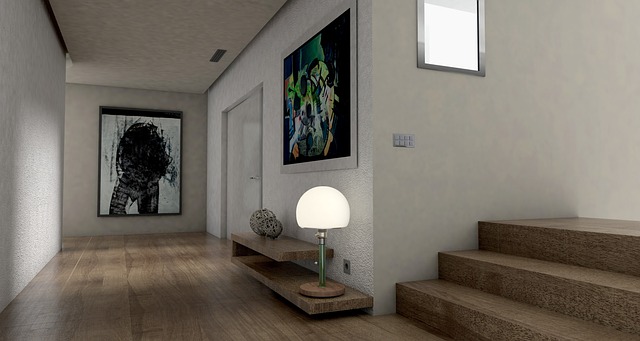Exploring Real-Time 3D in Simulation: Navigating Virtual Reality, Augmented Reality, and the Metaverse
The realm of real-time 3D simulation is undergoing a transformative journey, as we delve deeper into the interconnected worlds of Virtual Reality (VR), Augmented Reality (AR), and the Metaverse. Each of these technologies offers mesmerizing experiences that not only stimulate our senses but also change the way we interact with digital content.
Virtual Reality: A Portal to New Worlds
When we think of real-time 3D, Virtual Reality stands out as a striking example of how immersive technology can transport us to entirely new environments. With VR headsets, users can engage in lifelike simulations, exploring complex architectural designs or experiencing the thrill of adventure in fantastical landscapes. The realistic graphics generated through real-time 3D technologies allow for an unprecedented level of engagement, making these virtual worlds feel almost tangible. Imagine stepping into a digital environment where you can not only see but interact with the elements around you—an experience capable of enhancing training, education, and entertainment alike.
Augmented Reality: Blending Digital with the Real World
On the other hand, Augmented Reality enriches our existing reality by overlaying digital information onto the physical world. The integration of real-time 3D in AR applications enables us to see virtual objects in our own environments, fostering a unique blend of digital and physical interactions. Think of how apps allow you to visualize a new sofa in your living room before making a purchase or how AR can aid in educational settings by showcasing 3D models of complex systems. The seamless merging of these worlds creates opportunities for creativity and practicality, enhancing our everyday experiences.
The Metaverse: A New Frontier
The concept of the Metaverse is rapidly gaining traction as a digital ecosystem where VR, AR, and real-time 3D converge. This expansive virtual universe promises to redefine social interactions, commerce, and entertainment. Within the Metaverse, users can create avatars, explore vast virtual landscapes, attend events, and even build entire digital businesses. The possibilities are limitless, driven by the immersive nature of real-time 3D technologies. As this parallel universe develops, it invites us to rethink our roles in both virtual and physical spaces.
Embracing the Future of Simulation
As we stand on the cusp of this new era, the embrace of real-time 3D technology in simulation offers exhilarating prospects that can fundamentally alter the landscape of how we experience and interact with the world around us. Whether through the immersive escape of Virtual Reality, the enhancing touch of Augmented Reality, or the expansive opportunities within the Metaverse, the future is rich with potential. Engaging with these technologies not only amplifies our creativity but also empowers us to innovate and collaborate in ways previously unimaginable.



